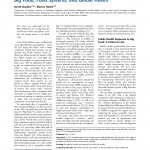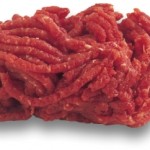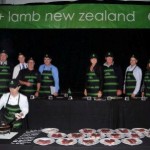Water is also on the mind of our politicians. Water – New Zealand’s ‘liquid gold’ – is possibly New Zealand’s biggest opportunity to grow the productive part of our economy, according to the Minister for Primary Industries.
David Carter was speaking to the Federated Farmers’ annual conference last week, when he talked about New Zealand playing to its strengths.
“We can’t go past our abundance of water or New Zealand’s ‘liquid gold’.”
Despite difficult fiscal conditions, he pointed to the Government’s fronting with $35 million for the Irrigation Acceleration Fund to 50:50 fund the feasibility studies of schemes around New Zealand.
“The Government’s also committed $400 million through the Future Investment Fund to invest as a cornerstone shareholder in large water storage and irrigation schemes.
“We are making progress, particularly in Hawke’s Bay, Canterbury and Otago, but achieving consensus of all the various stakeholders means progress is slower than I would like.”
Most important aspect
 In his speech, the primary sector was referred to as “the most important aspect driving our economy forward.
In his speech, the primary sector was referred to as “the most important aspect driving our economy forward.
“The healthy performance across most of the primary sectors has enabled our economy to weather the storms of the global financial crisis and, locally, the Canterbury earthquakes,” he said, pointing to the fact that the primary sector now makes up 71 percent of New Zealand’s total merchandise export trade.
Carter referred to the EU’s “major challenges” and the “subdued” US, which in the past would have had a huge impact on New Zealand. New Zealand is fortunate to have repositioned itself so significantly with Asia, he said.
“We are well on the way to realising the Prime Minister’s ambition, which is shared by China’s leaders, to double our bilateral trade to $20 billion by 2015. The government’s trade agenda, led by Tim Groser, has the potential to deliver more opportunities to primary producers and exporters.”
Talks with eight other Trans-Pacific Partnership countries, including new partners Mexico and Canada, and also Russia, India, South Korea and the Gulf States “and you sense the size of the potential prize,” he told delegates.
The Minister had just returned from Russia, with which free trade negotiations are progressing. Two-way trade is currently worth about $700 million. “But, if a deal is reached, it will be Russia’s first international trade deal and our exports will grow significantly,” he said.
Highly regarded
“One of the things that was reinforced to me during my trip was how highly regarded New Zealand is internationally. We are renowned as producers of some of the best food in the world, at a time when food security is the world’s greatest challenge.”
The Minister also referred to the importance of biosecurity, local government reform, rural broadband initiatives and a new animal welfare toolkit for farmers being launched by the Ministry for Primary Industries in his speech.










